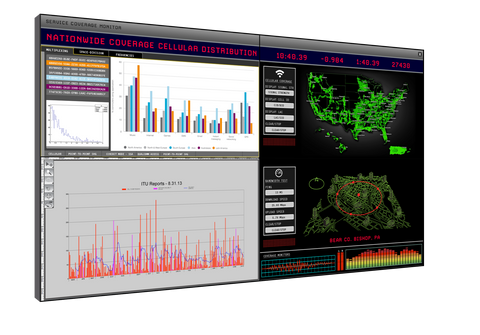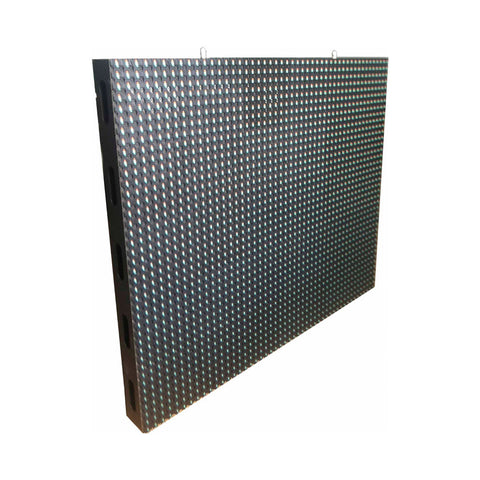Flat Panel Displays
La revolución de pantallas planas se inició con la tecnología de plasma, usando un formato ancho (16:9) que llegó aún antes que las señales de alta definición. El plasma fue evolucionando hasta ser reemplazado por la tecnología LCD. Las pantallas con esta última tecnología, además de presentar un zumbido menor y una menor emisión de calor, fueron aumentando rápidamente en tamaño y en resolución, consolidándose como la opción más viable en pantallas planas. Tiempo después se cambió su fuente de iluminación y pasó de ser una simple lámpara (CCFL) a ser un conjunto de LEDs. La tecnología de plasma ha quedado obsoleta en el mercado de consumo, sin embargo sigue siendo utilizada en el mercado profesional ya que es la tecnología con la cual se logra un marco más delgado (tecnología PDP).
Comúnmente se piensa que las pantallas de LEDs fueron el paso que siguió a las de LCD, lo correcto sería decir que las pantallas de LCD ahora tienen iluminación por LEDs. Cuando se habla propiamente de pantallas de LEDs no nos referimos a este tipo de pantallas sino a las que tienen el LED expuesto, distinguiéndose fácilmente en exteriores en anuncios espectaculares.
Los diferentes fabricantes asiáticos de pantallas planas, en cualquiera de las variantes expuestas, han reducido costos y con esto han penetrado en el mercado de consumo fuertemente. Sin embargo, es muy importante diferenciar una pantalla de consumo tradicional a una pantalla de uso rudo. Las primeras están diseñadas para permanecer encendidas sólo unas horas al día, mientras que las de uso rudo cuentan con la electrónica necesaria para permanecer en uso continuo, sin necesidad de ser apagadas. Su fuente de poder y la electrónica que más genera calor puede inclusive sacarse de la pantalla y enviarse a rack, manteniendo el calor lo más alejado posible del cristal líquido de las mismas. Con esto evitaremos la retención de imagen (image retention, image sticking), efecto natural de las pantallas de LCD, causado por el despliegue estático de imágenes en una misma posición.
Es indispensable elegir la pantalla que más se adecúe a las necesidades de cada aplicación. Permita que Grupo Covix lo asesore en la elección de pantallas para su proyecto, ya sean pantallas para Digital Signage, pantallas para Videowall, pantallas de uso rudo, pantallas para exteriores, etc.











